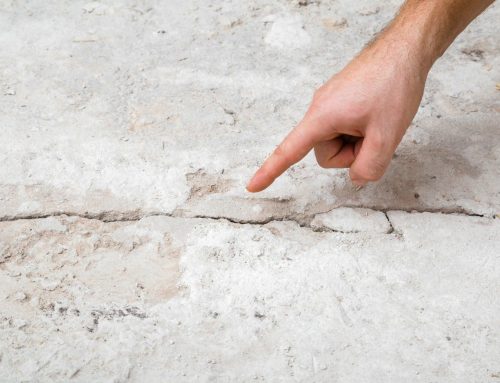Seismic Retrofit Scope of Work (Typical) Assumptions used in the budget to develop scope of work Measures that would enhance the performance of the building during due diligence and site investigation of the structure. The suggested retrofit steps would include some or all of them, including the following, in order to reduce the risk to building occupants and to mitigate the potential damages that may arise as a result of the structural damage caused by the earthquake. These recommendations have not been finalized as no formal calculations or design investigations have been carried out at this time. These are general but common guidelines for this type of structure: the anchorage of the walls to the roof diaphragm shall be provided to ensure that the walls are not separated from the roof diaphragm. This can be accomplished by positioning wall anchors or tie rods symmetrically at the center of the columns, purlins and subpurlins at no more than eight (8) feet.
In order to ensure that the wall anchorage loads at the wall to the roof connections are properly distributed in and across the roof diaphragm, it is recommended that the continuity ties be symmetrically positioned at no more than 24 feet in the center of both directions across the entire roof diaphragm.
Better roof diaphragm nailing (not expected for this project) will be examined and modifications will be made to the building documents for implementation at a later date when the structure is being re-roofed.
Any collectors on existing walls or re-entry corners and the necessary chord elements will be planned and documented for installation.
Abstract Two common scenario loss ratios are used when estimating Probable Total loss from earthquakes: Scenario Expected Loss (SEL) and Scenario Upper Loss (SUL). Analyzes of the seismic loss ratios prepared by five seismic consulting firms, four capital market-securitized loan pools, two very large estate loans, two large hospitality portfolios and a general account portfolio indicate that the use of SUL rather than SEL will result in a significantly higher number of loans with a loss ratio of more than 20%. When SEL was used, the number of loans in the four large pools meeting the 20% loss ratio was 3.8%. When SUL was used on the same data set, 47.8 per cent of these properties had SUL values above 20 per cent. Common industry practice has been the use of SEL. Some of the consequences of tightening the seismic underwriting standards for applying the 20% threshold to the SUL, rather than the SEL, may include: lower production of loans, assets may lose value, properties may be more costly and more difficult to fund, existing loan portfolios may seem more seismically hazardous, and demand for insurance and seismic retrofits may increase. Equally adverse consequences could be that seismic contractors and borrowers who do more rigorous analysis would be less profitable than those who do not.















